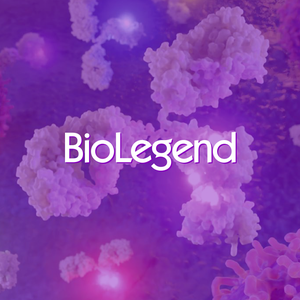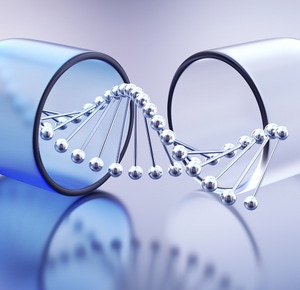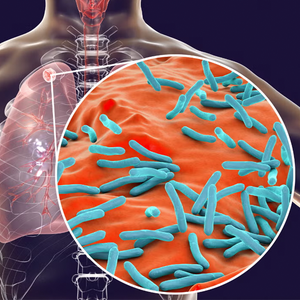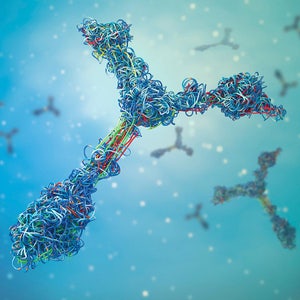18 verified receptors, and counting
Revvity scientists have verified 18 Tag-lite binding assays as of this writing. If the receptor you wish to study is not listed, remember that Revvity’s team of experienced experts work with clients to create custom binding solutions. All ligand binding assays listed here include labeled cells and their matching fluorescent ligands.
Kinetic binding and residence time
Growing evidence suggests that ligand–receptor binding kinetics is an overlooked factor in drug discovery. Revvity has developed Tag-lite™ kits and services to address the kinetic binding needs of GPCR researchers around the world.
Binding kinetics relates to the rate of association and dissociation of a drug-protein complex. Binding kinetics is thought to be a critical parameter for optimizing the in vivo efficacy of drug candidates. As such, kinetics is receiving increasing attention in drug discovery efforts. Tag-lite combines the flexibility of a radioligand binding with the advantages of homogeneous nonradioactive technologies such as SPR. The homogeneous character of Tag-lite enables binding events to be monitored continually without ever having to stop the reaction.
Motulsky and Mahan described equations that could be used for studying the kinetics of competitive binding. Fitting of data using Tag-lite to these equations allows the determination of the association and dissociation rate constants of the unlabeled competing ligand.
Using Tag-lite and a Motulsky & Mahan equations, the Kon and Koff of 2 muscarinic M1 receptor bindiners were calculated (Atropine and Pirenzepine):


Binding assay: do it yourself
Tag-lite offers freedom and flexibility to build up your assays from target construction to assay development.
A plasmid construction is engineered with Tag-lite plasmids and the gene encoding your protein of interest. Once transfected into cells, these plasmids lead to the expression of a protein fused with the tag. The tagged protein covalently and specifically interacts with Tag-lite substrates.
Build your target with Tag-lite plasmids
Revvity has optimized a plasmid encoding SNAP bordered by restriction sites, for cloning a gene of interest. By using this plasmid, a construction can be engineered. This construction encodes for the protein of interest and SNAP-Tag in the N or C terminal position.
Label your tagged target with Tag-lite substrates
A selection of substrates labeled with HTRF fluorophores is also proposed for SNAP-tag.
1.Plasmid selection
Choose an empty plasmid among the 3 different selection markers: Hygromycin, Neomycin, Zeocin.

2.GPCR cloning
Using standard cloning techniques, insert the GPCR gene of interest into the empty plasmid.

3.Cell transfection
Using standard transfection techniques, transiently express the TAG-GPCR of interest in your cell line.

4.Cell labeling
Use one of the appropriate TAG substrates to specifically and covalently label the TAG-GPCR with a cryptate donor.

5.Binding assays
Perform the binding assay you designed and built!









































